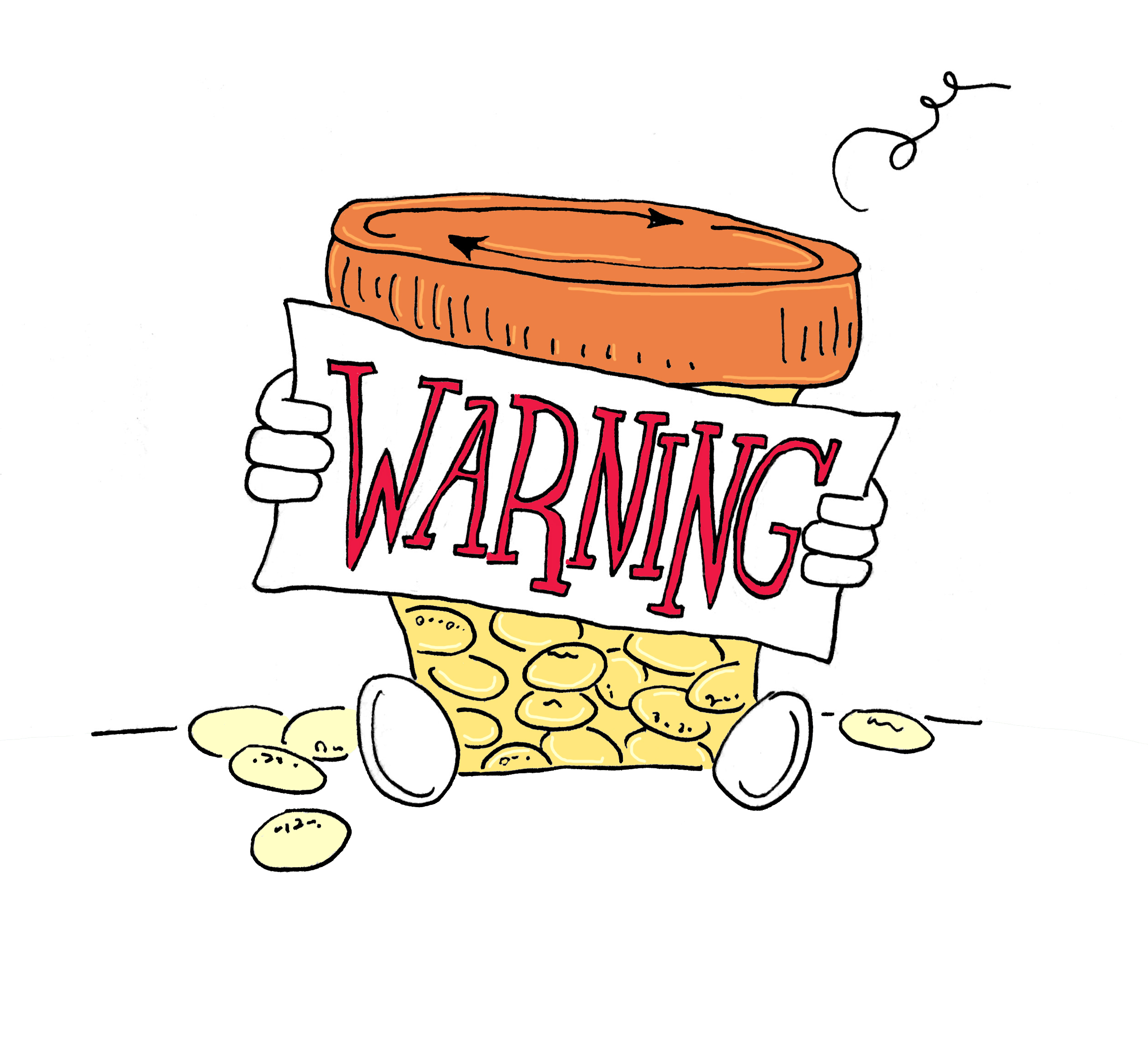Acetaminophen is one of the most popular pain relief—analgesic—drugs. It can be found in a variety of medications—it is most commonly sold as Tylenol—and can be readily purchased over-the-counter at any corner pharmacy or drugstore.
It is also the number one leading cause of liver damage in Canada.
On Sept. 15, over a year after Health Canada published its safety guidance in 2015, the federal government released their review of the drug, highlighting the unusually high overdose rates of acetaminophen linked with the likelihood of liver injury. There are approximately 4,000 hospitalizations associated with acetaminophen in Canada every year. With more than 250 cases of serious liver damage, over half of which can be accredited to accidental overdoses. Six per cent of the total hospitalization cases resulted in acute liver failure.
“It’s the most common cause of liver injury. Period,” Dr. Michael Reider, a pediatric clinical pharmacologist at Western University, told CBC News.
Acetaminophen is used in a wide range of both prescription and non-prescription products. It is found in more than 400 medications authorized for sale in Canada, most commonly used to treat symptoms such as coughs, colds, headaches, and fevers.
In fact, according to Dr. Reider, many may not even know about the presence of acetaminophen in their medication unless they carefully examine the label. Some widely recognized brands that contain acetaminophen include Tylenol, Neocitran, Percocet, Nyquil, Vicks, and Vicodin.
Dr. Eric Yoshida, a liver specialist at the Vancouver General Hospital, regularly encounters patients who suffer from severe liver failure due to accidental overdoses. The most typical case, he told CBC News, is an individual losing track of how many medications with acetaminophen they took and accidentally taking too many.
Other common mistakes include taking the next dosage too soon, taking more than the recommended amount, or using two medications containing acetaminophen at the same time.
“Those are the kind of inadvertent uses that can lead to drug-induced liver disease [and] acute liver injury,” Yoshida warns.
Health Canada seeks to address this issue by working towards making it easier to recognize drugs that have acetaminophen as an ingredient. Drug producers will add the warning ‘Contains Acetaminophen’ in bold, red text on the top right-hand corner of the labels of all applicable medications. The labelling will immediately apply to all new products, and all products already on the market will be updated within the next 18 months. A calibrated dosing device will also be included with all children’s liquid products, so parents know exactly the amount of acetaminophen their child is consuming.
Despite this, many medical experts are disappointed with Health Canada’s lack of action in implementing further preventative methods. Aside from adding warning labels, federal drug regulators have failed to lower the recommended maximum daily dosage, or take extra-strength acetaminophen medications off the counter—both measures which health professionals believe are imperative in reducing accidental overdose rates.
“Overall, when it comes to drug safety, Health Canada has a culture of slow incremental change,” Dr. Joel Lexchin, a drug safety researcher and professor emeritus at York University, told The Toronto Star.
However, these warnings are no reason to panic and avoid acetaminophen-containing medications altogether. Most Canadians have no trouble using these drugs safely. Improper usage and overdoses can easily be prevented with just a little extra caution to read the warning label that comes with any medication.








